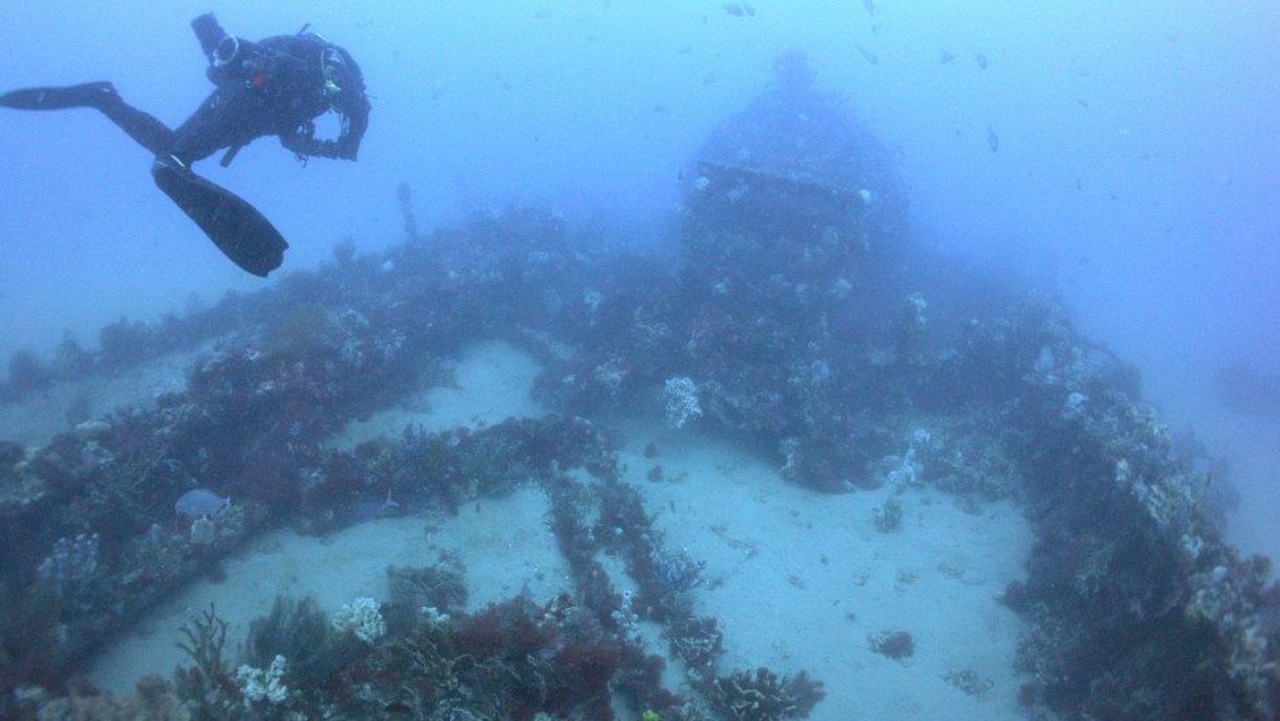Shipwrecks off Victoria to be rescued from watery graves
Fishing fleets will hunt for hundreds of shipwrecks off the Victorian coast in a new push to preserve Australia’s maritime history

READING LEVEL: GREEN
The hunt is on for shipwrecks long lost off Australia’s southern coast in a bid to preserve* our maritime* history.
Fishing fleets are being enlisted* to help find missing wrecks deep in their watery graves, in a new partnership between fishers, Heritage* Victoria and the Victorian state government.
The seafood industry will be given new technology and guidelines to report the coordinates of ships lost in Victorian waters up to 224 years ago.
New funding and processes that make it easier to report possible shipwreck sites are part of the plan.
Resources to recognise and record discoveries are also being developed so they can be used by other maritime industries to help find the wrecks.

State Planning Minister Richard Wynne said the Heritage Victoria Shipwreck Discovery Program was aimed at identifying and reporting possible shipwreck sites encountered* through commercial fishing.
“Shipwrecks offer fascinating glimpses into the past of both Australian and world history – that’s why it’s important any new discoveries are recorded and conserved,’’ he said.
“This program recognises the important role maritime industries play as custodians* of our underwater heritage and brings new life to the search for Victoria’s undiscovered treasures.”
More than 660 ships are believed to have been wrecked in Victorian waters but only 318 have been found.
It comes as Heritage Victoria has compiled a list of the top 18 shipwrecks lost off this stretch of Australia’s southern coast, including HMS Sappho — a British Royal Navy ship last seen entering Bass Strait in 1858.

The list also includes the Sydney Cove’s longboat, the first recorded wreck of a European vessel along the Victorian coastline, abandoned near Ninety Mile Beach in 1797.
Anyone who finds a possible shipwreck site or artefact* will be asked under the plan to record or estimate the GPS position and contact Heritage Victoria’s maritime archaeology team.
The site will then be assessed and registered on an Australasian Underwater Cultural Heritage Database.

Mr Wynne said Victoria’s missing underwater cultural heritage included wooden sailing ships, steamships, aircraft and submarines that went down along the coast, dating from before Victoria’s settlement to the mid-20th century.
“Shipwrecks are part of our cultural heritage and it is our collective responsibility to protect this heritage for current and future generations,’’ he said.
In a reminder of Victoria’s maritime past, a Lorne man found a 3m piece of shipwreck timber in April after it washed ashore after strong storms.
Heritage Victoria identified the timber as a type of ironbark, confirming it was from an Australian-built ship.
GLOSSARY
- preserve: protect, keep, maintain
- maritime: to do with human activity at sea
- enlisted: joined, signed up, engaged
- heritage: legacy, inheritance
- encountered: met, come upon, met by chance
- custodians: caretakers, guardians, conservators
- artefact: ornament, tool or other object, especially of historic or cultural importance
EXTRA READING
Ancient Egyptian shipwreck found in Mediterranean Sea
Whale mums tour coast with calves
500-year-old ‘pristine’ shipwreck found
QUICK QUIZ
- Which industry is being enlisted to help search for missing vessels?
- How many ships are believed to have been wrecked in Victorian waters?
- Of these, how many have been found?
- When and where was the HMS Sappho last seen?
- What will anyone who finds a possible shipwreck site or artefact be asked to do?
LISTEN TO THIS STORY
CLASSROOM ACTIVITIES
1. Sketch a Shipwreck
Design and sketch a shipwreck lost off the coast of Australia. Your wreck can be as large or small as you like as described in the article. Give your shipwreck a name, the date that it was lost to sea and the location of where it was lost.
Share your sketch and details with your classmates.
Time: allow 30 minutes to complete this activity
Curriculum Links: the Arts; English
2. Extension
What do shipwrecks add to the history and culture of our country? Do you find their history interesting? What are some famous shipwrecks you’ve heard of?
Time: allow 10 minutes to complete this activity
Curriculum Links: English; History
VCOP ACTIVITY
Imaginative Dialogue
Imagine you were there during one of the events discussed in the article.
Create a conversation between two characters – you may need or want to include yourself as one of them. Don’t forget to try and use facts and details from the article to help make your dialogue as realistic as possible.
Go through your writing and highlight any punctuation you have used in green. Make sure you check carefully the punctuation used for the dialogue and ensure you have opened and closed the speaking in the correct places.


